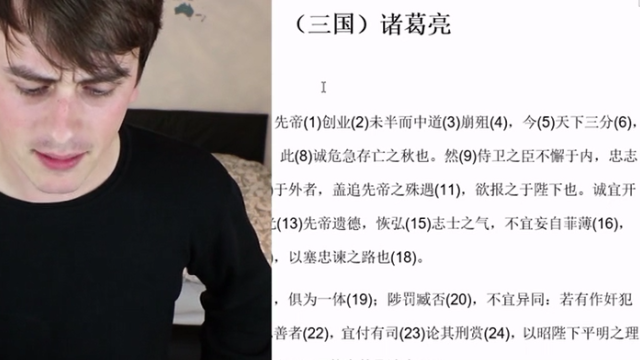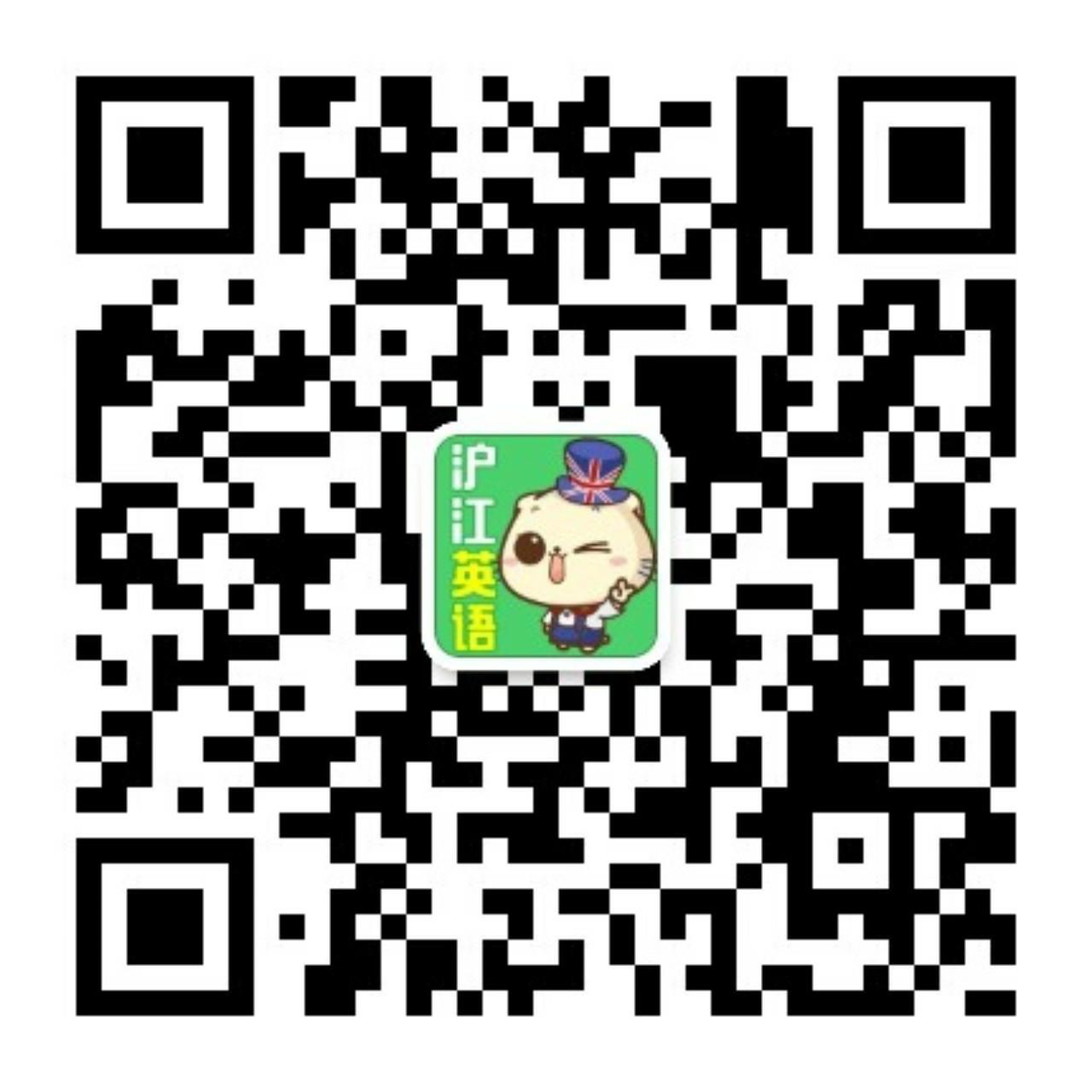美元為何叫1刀 貨幣名稱起源大盤點
作者:滬江英語
來源:牛津詞典博客
2015-03-22 00:55
A fistful of dollars
第一把美金
The?dollar?is one of the most common currencies in the world used by the US, Australia, Canada, Fiji, New Zealand, and Singapore to name a few. The origin of the?dollar, also the Slovenian?tolar, is from a coin called the Joachimsthaler, shortened to?Thaler, named after the valley in which the silver it was made from was mined, the Joachimsthal, literally ‘Joachim’s valley’. The term began to be used in other languages, especially Dutch, and was later applied to the most widely used coin in the American?colonies. In 1792, it was adopted as the name of the US monetary unit.
美元是世界上最通用的貨幣之一,美國、澳大利亞、加拿大、斐濟、新西蘭和新加坡都有使用。美元及斯洛文尼亞托拉爾,都起源于約阿希姆斯塔爾幣,簡稱塔爾幣,以盛產(chǎn)銀礦的村莊約阿希姆命名。該詞最初是在其他語言中被使用的,尤其是荷蘭語,后來在美國殖民地被用作稱呼錢幣。1792年,被采納為美國錢幣官方命名之一。
All that glitters is not gold
閃光的不都是金子
Many countries use the?dinar,?which comes from the Latin?denarius, an ancient Roman silver coin: Jordanian?dinar, Algerian?dinar, Serbian?dinar, and Kuwaiti?dinar?among others. The Indian and Pakistani?rupee?derives from the Sanskrit?rupya?meaning ‘wrought silver’.
約旦、 阿爾及利亞、塞爾維亞、科威特等等,這些國家的都以第納爾為貨幣單位,源于拉丁語中的古羅馬銀幣。印度和巴基斯坦盧比源于梵文的盧比,意為鍛造銀幣。
The South African?rand?is named after the Witwatersrand, the area ?around Johannesburg known for its gold deposits. The Hungarian?forint?comes from the Italian?fiorino, originally the name of a gold coin from Florence, Italy with a flower (Italianfiore) stamped on it. The British coin the?florin?(used until 1971) has the same origin.
南非的蘭特以威特沃特斯蘭德命名,該地以金儲量聞名;匈牙利福林和英國弗洛林(1971年停用)源于意大利菲奧里諾,起初是佛羅倫薩印花金幣的名字。
Serrated?edges on coins became popular when coins were made of precious metals like gold and silver because the ridges made it harder for people to scrape off metal and devalue the coins.
當錢幣開始用金銀等稀有金屬制造時,鋸齒形邊開始流行,這樣更不容易刮去金屬使錢幣貶值。
Doing the rounds
錢幣看一"圈"
Chinese?yuan?元, Japanese?yen?円, and Korean?won??, all originate from the Chinese character 圓 meaning ‘round’? or ‘round coin’. Although in English, we speak about the Hong Kong dollar or the New Taiwan dollar, in Chinese these are referred to as?yuán?圓.
中國的元,日本的円,韓國的?都起源于漢字圓,意為“圓形的”或者“圓形錢幣”。盡管在英語中,我們將香港和臺灣貨幣稱為dollar,在漢語中它們都叫“元”。
Royal crown
皇室王冠
Many Scandinavian countries use currency whose name is ultimately?derived from the Latin?corona?meaning ‘crown’: Swedish?krona, Norwegian?krone, Danish?krone, Icelandic?króna?as well as the Estonian?kroon?(now replaced by the Euro) and the Czech?koruna. The Spanish?real, a former currency of Spain derived from the Latin?regalis?meaning ‘royal’ which is the origin of a number of Middle Eastern currencies.
很多斯堪的納維亞國家(如瑞典、挪威、丹麥、冰島、愛沙尼亞、捷克等)的名稱最初都起源于拉丁語科羅娜,意為王冠。西班牙前貨幣雷亞爾則起源于拉丁語皇室一詞,中東許多國家的貨幣也起源于此。
A weighty subject
重量單位
Although the Germans and the Finns use the?Euro?now, their former currencies the German?mark?and the Finnish?markka, both have their origin in units of weight. While the Spanish?peso?meaning ‘weight’ in Spanish, is also no longer used in Spain. The Russian?ruble?or рубль, was originally a measure of weight used for silver. The Italian and Turkish?lira?also have their origins in units of weight from the Latin?libra?meaning ‘pound’.
盡管德國和芬蘭現(xiàn)在使用歐元,它們原先的貨幣馬克源于重量單位;西班牙比索的意思是重量,但目前在西班牙已不再流通;俄羅斯盧布起先是稱量銀子的重量單位;意大利和土耳其里拉同樣源于拉丁語意為“磅”的詞匯。











